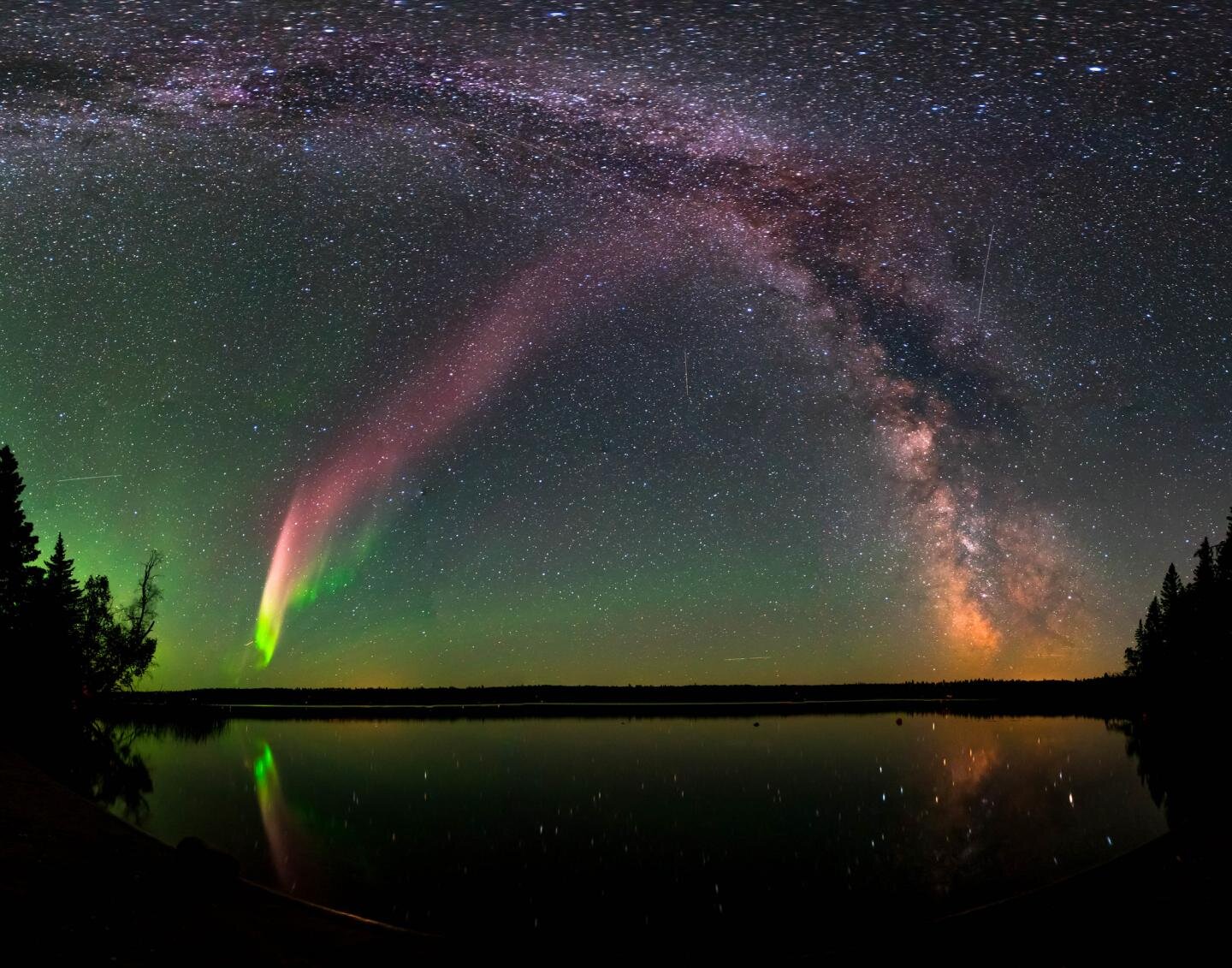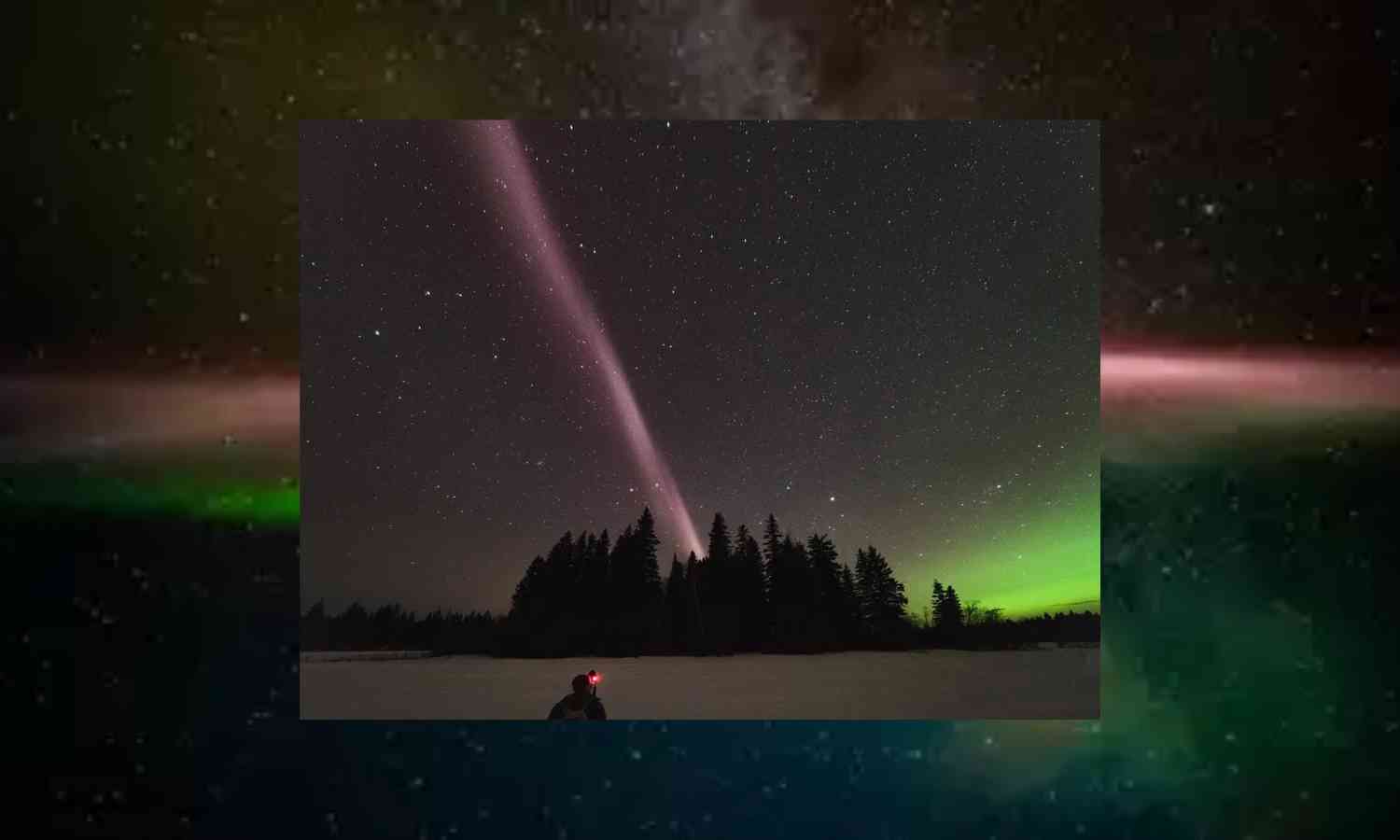For centuries, the night sky has captivated us with its breathtaking displays of the aurora borealis, also known as the northern lights. But lately, a new celestial phenomenon has been stealing the show: Steve. No, it's not a character from a Disney movie, but rather a thin, purple ribbon of light stretching across the horizon, often mistaken for its more famous cousin, the aurora.

What is Steve?
Scientists first observed Steve in 2016, but it wasn't until recently that they were able to truly understand its nature. Unlike the auroras, which are caused by charged particles from the sun interacting with Earth's atmosphere, Steve is a giant ribbon of hot gas, primarily hydrogen, heated to thousands of degrees. This hot gas originates from deep within Earth's magnetosphere, a region of charged particles surrounding the planet.
What makes Steve different?
Here are some key differences between Steve and the aurora borealis:
-
Color: While auroras typically shimmer in shades of green, blue, and red,Steve boasts a vibrant purple hue.
-
Form: Auroras often appear as dancing curtains or arcs, while Steve resembles a thin, straight ribbon stretched across the sky.
-
Location: Auroras are most commonly seen near the magnetic poles, while Steve can appear anywhere in the auroral oval, sometimes even closer to the equator.
-
Cause: Auroras are caused by charged particles from the sun, while Steve is primarily heated by Earth's own magnetosphere.

The mystery of Steve:
Despite significant research, Steve's exact origin and formation process remain somewhat of a puzzle. Scientists are actively investigating how the gas within Earth's magnetosphere becomes so hot and organized into the ribbon-like structure we see. Unraveling these mysteries could not only shed light on Steve itself but also provide valuable insights into the Earth's magnetosphere and its complex interactions with the sun.
Steve's impact:
While not as widely known as the aurora borealis, Steve has captured the imagination of scientists and skywatchers alike. Its discovery highlights the vastness and dynamism of our solar system, reminding us that there are still many celestial wonders waiting to be explored and understood.
Observing Steve:
If you're lucky enough to be in the right place at the right time, you might catch a glimpse of Steve yourself. Look for a thin, purple ribbon of light stretching across the night sky, particularly during periods of high geomagnetic activity. Remember, unlike the auroras, Steve doesn't always dance across the sky, making it a rarer and more fleeting spectacle.
[image credits: washington post, phys.org]
© Copyright 2023. All Rights Reserved Powered by Vygr Media.

























